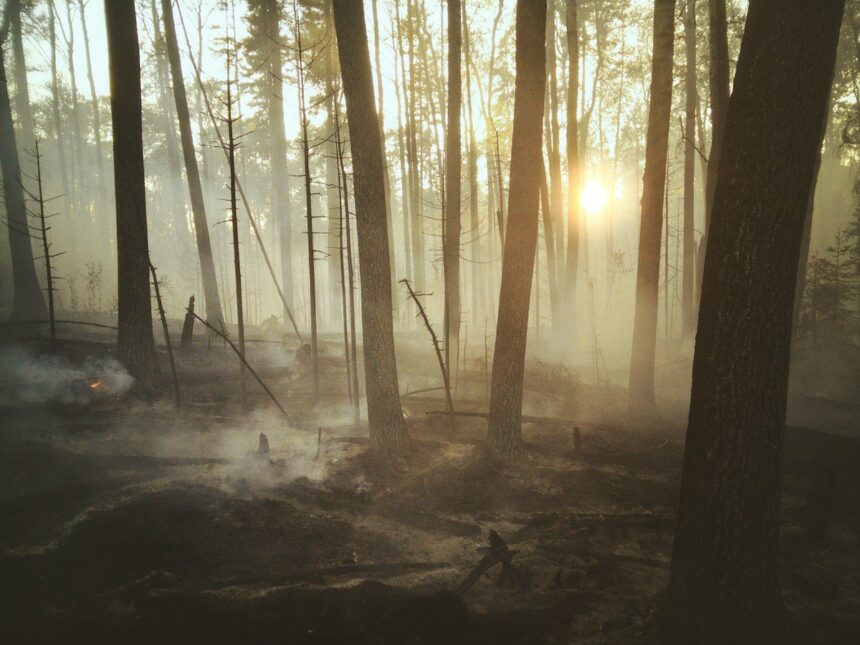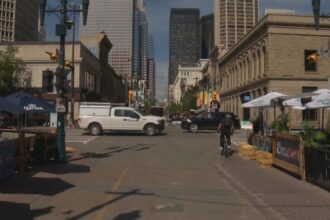The scorched boreal forests of northern Canada, once vibrant ecosystems teeming with life, now stand as stark testaments to our changing climate. Recent research published in the journal Nature Climate Science reveals an unexpected paradox: the devastating wildfires ravaging Canada’s northern territories may temporarily slow global warming, but at a catastrophic environmental and economic cost that far outweighs any fleeting benefit.
“What we’re witnessing is essentially a pyrrhic victory,” explains Dr. Samantha Kerr, lead researcher at the Climate Resilience Institute. “These fires release aerosols that temporarily cool the atmosphere by reflecting sunlight, but the long-term carbon release and ecosystem destruction create far more severe problems.”
The study, which analyzed data from the record-breaking 2023 and 2024 wildfire seasons, indicates that the cooling effect could temporarily reduce global temperatures by 0.02 degrees Celsius over the next two years. However, this minor reprieve comes as Canada faces mounting disaster management costs, with the federal government already allocating $2.4 billion for wildfire response and recovery this year alone.
Indigenous communities bear the heaviest burden of this ecological crisis. In the Northwest Territories, where evacuation orders have become increasingly common, traditional ways of life are under threat. “Our relationship with the land is being fundamentally altered,” says Elder Thomas Nasogaluak from the Dene Nation. “The forests our ancestors relied on for medicine, food, and spiritual practices are disappearing before our eyes.”
The economic impact extends beyond immediate firefighting costs. Canada’s tourism industry has reported a 32% decline in bookings for northern wilderness experiences, while the forestry sector estimates losses exceeding $700 million from timber destruction and harvest restrictions in affected areas.
Health authorities across northern communities are reporting alarming increases in respiratory ailments, with emergency room visits for asthma and breathing difficulties rising by 45% during peak fire periods. The psychological toll is equally concerning, with mental health services documenting a surge in trauma-related consultations.
“We’re essentially mortgaging our environmental future for a negligible climate dividend,” warns Dr. Eliza Montgomery, environmental economist at the University of British Columbia. “The carbon sequestration potential lost through forest destruction will take decades, if not centuries, to recover—assuming these ecosystems can recover at all under increasingly hostile climate conditions.”
The federal government has responded with initiatives aimed at both immediate relief and long-term resilience. Last month, Environment Minister Martin Reynolds announced a $750 million package for advanced fire monitoring systems and community adaptation projects. However, critics argue these measures fail to address the underlying drivers of climate change responsible for increasing fire frequency and intensity.
International climate experts are closely monitoring Canada’s northern wildfire crisis as a harbinger of what other boreal regions may face. “What’s happening in Canada today will be Russia’s and Scandinavia’s reality tomorrow,” notes Dr. Henrik Svenson of the Global Climate Observatory.
As smoke from these northern infernos continues to drift across provincial and international borders, affecting air quality as far south as the northern United States, the question becomes increasingly urgent: are we prepared to fundamentally rethink our relationship with these vulnerable northern ecosystems before they’re altered beyond recognition?

























